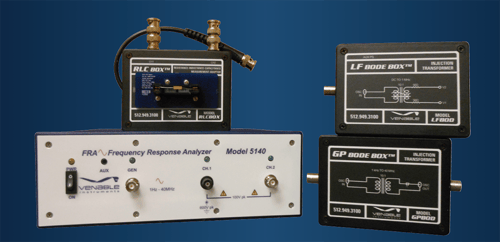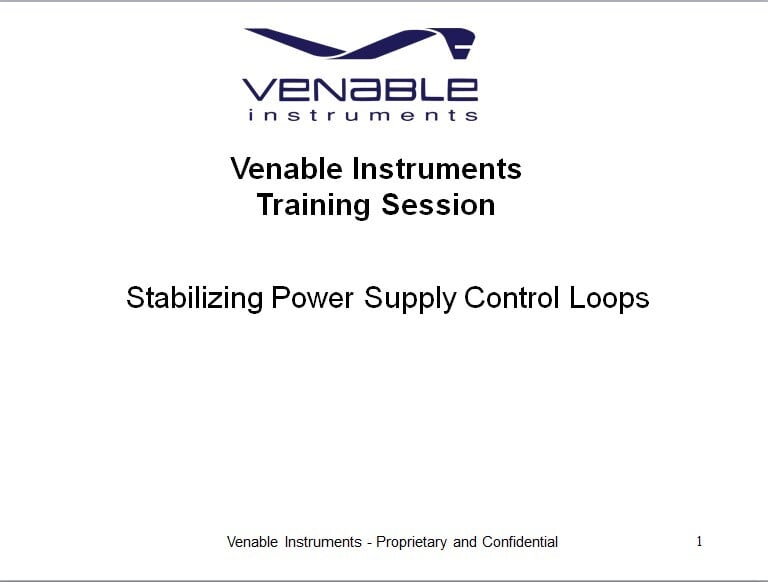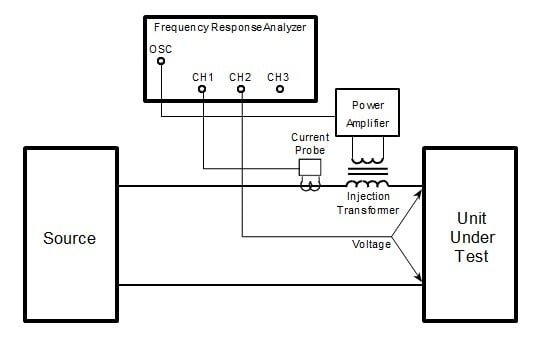When to Use a Bode Box Injection/Isolation Transformer
By Ford Mays - September 21, 2021
In a previous blog, Injection Point Selection, we discussed the rules for error signal injection location selection and touched on the reasons for the rules. In this blog, we will discuss error signal injection isolation devices and their pros and cons.
The Bode box is the name given to a device that provides isolation between the circuit under test and the Frequency Response Analyzer generator (oscillator) output. In the past, isolation was primarily needed to prevent shorting part of the circuit under test to instrument chassis ground. The generator output BNC connector shell is usually connected to the FRA’s chassis, which (for safety reasons) is earth ground. Since the generator output must be connected to the injection resistor, one can imagine the problems with connecting earth ground to part of a power supply circuit that is not at ground. This applies to many lab instruments, such as oscilloscopes, frequency counters, non-isolated bench supplies, etc. (“Don’t forget to float the scope!”).
Bode boxes can provide additional benefits besides isolation. When working with “high voltage” power supplies, the Bode box protects the generator output from over-voltage damage (“high voltage” being any voltage in excess of the generator output rating). Another benefit is reduced loading on the circuit under test. In rare instances, the generator output capacitance can adversely affect the circuit under test, and the Bode box can effectively reduce that affect.
On the downside, Bode boxes have bandwidth limitations which prevent the user from realizing the full bandwidth of the FRA, or don’t go down to DC (preventing the user from applying a DC offset). Typically, a Bode box can be used a frequency decade above or below its 3dB bandwidth (often called “working on the skirts”). Care must be taken when running sweeps using a Bode box, otherwise one can get peculiar results if the limitations of the Bode box are not accounted for.
Venable Instruments’ lab grade FRAs have fully isolated channel inputs and oscillator output (rated to 600Vpk), which allow the user to connect the FRA directly to the circuit under test. This eliminates the need for injection isolation for the generator or voltage reduction probes on the channel inputs. Moreover, it allows the user to take advantage of the FRA’s full bandwidth by eliminating frequency “bottlenecks”. However, Venable Instruments still offers Bode boxes for use with our legacy instruments (31xx, 32xx and 4xxx) or Model 5140 Field FRA. The GP Bode is an AC only Bode box with a 3dB bandwidth of 1kHz-10MHz and a 600VRMS isolation rating. The LF Bode has a DC-1MHz 3dB bandwidth and a 1.4kVRMS isolation rating.
If you have any questions about the Bode Boxes or applications, please use the website form to connect or email me.




